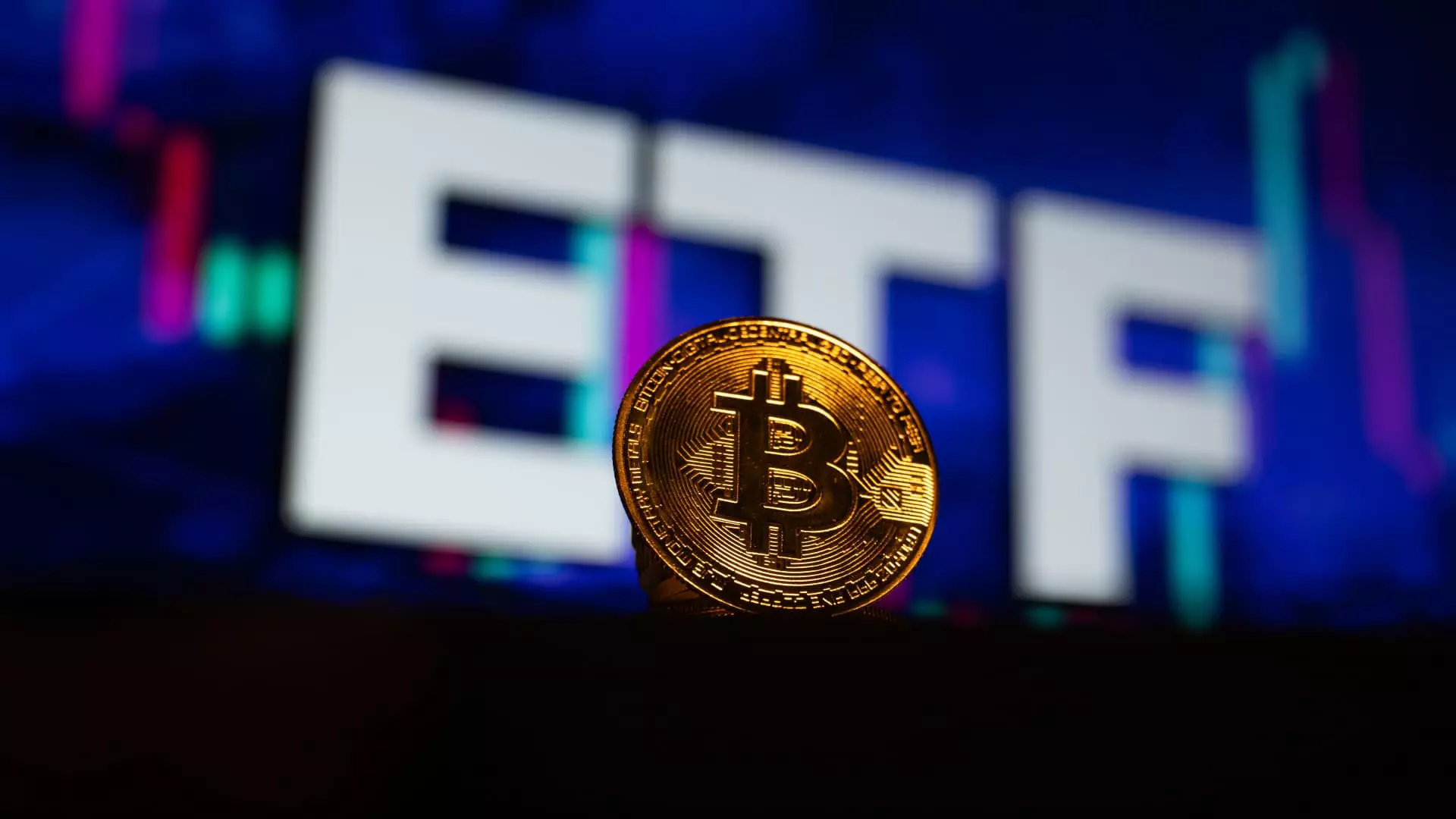The landscape of cryptocurrency exchange-traded funds (ETFs) is poised for significant changes in the upcoming year, yet a cautious outlook prevails. Following a groundbreaking debut of Bitcoin ETFs that garnered immense attention and approximately $36 billion in net new assets, it is essential to analyze the current trends and expectations surrounding the introduction of new crypto funds. Despite the innovations on the horizon, one thing is clear: the meteoric rise of Bitcoin ETFs may not be easily replicated.
The inaugural year of Bitcoin ETFs has been hailed as a landmark moment in financial history. With BlackRock’s iShares Bitcoin Trust leading the charge, these funds not only drew in substantial capital but also triggered a wave of institutional adoption. The phenomenal success led to a doubling of the entire cryptocurrency market’s value over the span of 2024. The underlying dynamics that fueled this unprecedented influx can be largely attributed to growing institutional interest, enhanced regulatory clarity, and increased public awareness of cryptocurrencies. Investors who had previously shunned the digital assets were drawn in by the legitimization that Bitcoin ETFs provided.
Nonetheless, as the cryptocurrency ecosystem continues to evolve, the arrival of new ETFs focused on other cryptocurrencies presents a more complicated narrative. Financial analysts express skepticism regarding whether future funds will capture the same level of enthusiasm as their Bitcoin counterpart.
Recent applications for ETFs that track prominent cryptocurrencies such as Solana, XRP, Hedera (HBAR), and Litecoin signal the industry’s relentless push for innovation. However, despite the promising nature of these forthcoming offerings, channels like JPMorgan caution that the demand for these products may pale in comparison to what was experienced with Bitcoin. Initial projections estimate that Solana-related ETFs could gather between $3 billion and $6 billion in net new assets, while XRP-targeting funds might attract approximately $4 billion to $8 billion. This raises crucial questions about market saturation and the willingness of investors to diversify beyond Bitcoin.
Beyond dollar figures, it is essential to consider the concept of market capitalization, where Bitcoin and Ethereum dominate the landscape significantly more than their competitors. The current landscape suggests that while interest in cryptocurrencies continues to grow, the market remains remarkably concentrated around the leading assets.
The Role of Regulatory Environment and Institutional Acceptance
The regulatory landscape is another pivotal factor that will influence the trajectory of crypto ETFs moving forward. Analysts argue that the composition of the future U.S. Congress and the potential for a more favorable SEC chairman could create an environment conducive to innovation. The anticipation of regulatory approvals and more proactive support for crypto businesses could usher in new opportunities for investment funds.
Tyron Ross, an expert in the field, believes that while demand for Bitcoin ETFs will not reach prior heights, it will still maintain a “healthy” appetite. This calls attention to the importance of investor education and evolving confidence in cryptocurrency as an asset class. The expectation is that if cryptocurrencies are integrated into mainstream investment strategies, particularly by financial advisers, we may witness an uptick in adoption that could potentially replicate past growth patterns.
Future Outlook and Investor Sentiment
As we stand at the brink of a new year for crypto ETFs, a silver lining emerges amidst the skepticism. The market is undoubtedly adjusting, and some analysts envision clearer skies ahead for the cryptocurrency space, influenced by an easing of regulatory clouds. However, it is crucial for investors to temper their expectations regarding the immediate future of these investment vehicles.
While Bitcoin ETFs have demonstrated their ability to attract significant capital, the challenge lies in cultivating a broader acceptance of diverse cryptocurrencies. The next wave of ETF launches must be paired with an understanding of the market’s appetite and the regulatory frameworks governing them.
As the crypto ETF landscape allows fresh offerings to surface, it is essential to navigate with caution. The road ahead may present opportunities, but stakeholders must remain vigilant and informed about the inherent risks and broader market dynamics that may shape this burgeoning market. The potential for growth exists, albeit with tempered expectations and an understanding that every market cycle is unique.

